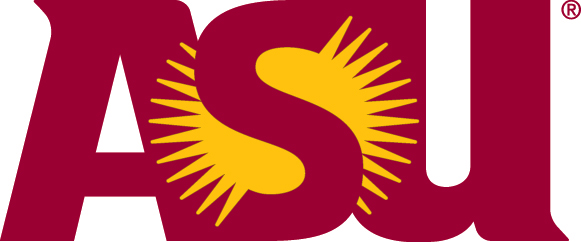By Jeremy Pennycook and Elizabeth Shell
It began with appalling numbers: On average, Hispanics perform lower on achievement tests — in all subject areas — than their white counterparts. Regardless of location. Regardless of income or socio-economic status.
This was what Dr. Eugene Garcia, an education expert and former education official in the Clinton administration told our News21 seminar. The topic was the gap in educational attainment between Hispanic students and their peers in the U.S. public education system.
We decided it was a story worth delving into. We did not want to create a story painting Hispanic students as victims or one that would show them as incapable of overcoming systemic obstacles in their way. That would just encourage apathy. Our editor, former executive editor and senior vice president of “The Sacramento Bee” Rick Rodriguez, suggested experimenting with what he called solution-based journalism.
In solution-based reporting, journalists uncover a problem and attempt to give the audience evidence of what society can do to fix it. As we immersed ourselves in the subject, we found students, educators, projects, programs and individuals that were successfully in bridging the achievement gap. Highlighting some of the most successful endeavors, we built our documentary-style narrative — using the aesthetics of a MediaStorm production — around these success stories. We did not shy away from the stark and disturbing realities facing Hispanic students in our education system.
One of the main tenets of the Carnegie-Knight News21 Initiative is innovation. As we got further into our story, we realized our project essentially followed the same conventions as a short-form documentary for television. Not exactly innovative. So, we began tackling this idea and had conversations with our managing editor Jason Manning and visual journalist Andrew Long about how to differentiate our project from a program one might watch on CNN.
We believe the Web video experience it is a fundamentally different experience from watching the evening news on your television, but how? The main difference is the end user’s behavior: instead of sitting back in the recliner or sofa, one naturally leans forward toward the computer — interacting and engaging with the material. As digital media producers, we decided to find a way to capitalize on the different opportunities this lean-forward dynamic creates.
One solution is to provide a rich, multimedia experience with a customizable and interactive video player. There is no reason not to place links, graphics, augmenting audio or video inside the bounds of the player, creating a fuller package for the audience. When a source mentions a data set, why not allow it to be downloaded on the spot? If geographic context is needed, why not give the viewer the option to immediately view the map? Layering media gives the producer limitless possibilities to provide a more synergistic and full experience.
But why stop there? We should give the ability to create a project of this complexity to anyone, regardless of programming knowledge. Create a tool capable of building the player.
Nothing we’ve mentioned here is beyond the capability of a competent developer — such as Britton Halle who built our tool this summer. What is necessary are journalists who know how to have meaningful interactions with developers. But most content creators do not moonlight as programmers and don’t have the good fortune to share a newsroom with one. To allow other producers to replicate similar project formats, we created an open-source tool to allow producers without these resources to achieve the same effect of layered media.
This is something journalism hasn’t done enough. It is our wish that this idea doesn’t simply burn out and die. We want to take this tool and the idea of building more than just content out into the professional world. Show newsrooms and producers what they can do when they work with developers and take risks to change the status quo. That is why we plan to submit our project to the Knight News Challenge. With the aid of Britton, some creative and forward thinking newsrooms, and tons more hard work, we hope to make our profession believers in the benefit of building success through innovation.

